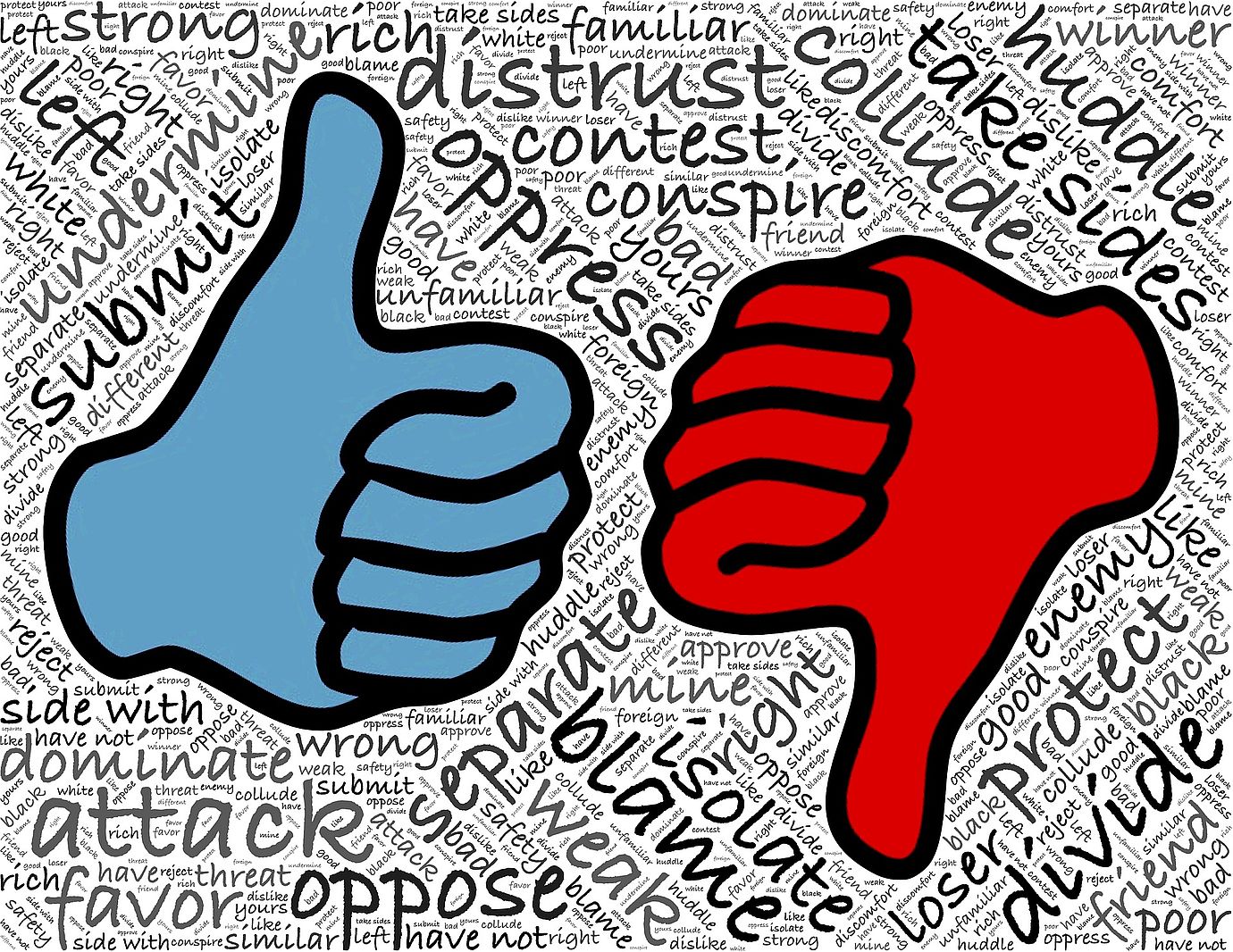In the last blog, I looked at the external conditions that are important to an internal safety culture. But they are only half the battle. If you don't clean your own house at the same time, even ideal external conditions will prove ineffective. Therefore, in the next few blogs, I would like to focus on specific leadership practices and leadership skills that are particularly challenging for the leadership team to build and maintain a safety culture.
Culture evolves from top down in an organization. Therefore, the visible behavior of leaders is critical. Provided they have a good standing, they can offer themselves as role models and are thus in a position to change even harmful paradigms.
The nasty error paradigm
When it comes to organizational safety, reliability and resilience, one paradigm stands out as particularly obstructive: the error paradigm. Where there is fault there is blame. As long as it is at work in the organization, people, be they managers or employees, will not commit to improving safety, efficiency and or quality to the extent necessary. They are afraid and will not offer their support for improvement. This attitude is rational and understandable.
The relevant question, therefore, is when to do what to reduce fear and what is the role of leaders in doing so. There are moments that lend themselves particularly well to creating impact as a leader. Whenever it comes to dealing with an event that has led to an undesirable outcome. That's where what is all-important to the culture plays out. Case handling is THE window of opportunity for supervisors to influence the culture in the company in a direction-setting way. Incidents roll out the red carpet for them, on which their behavior can be communicated to the workforce in a particularly sustainable way. Fortunately, such opportunities do not come along very often. It is therefore important to make good use of the few that do arise. It is always about the same thing, about ensuring psychological safety. In the following, I would like to focus on one aspect that supports managers who set out to establish psychological safety. The most important element here is building and maintaining trust. This is easier said than done. On the way to it, we need to understand powerful perceptual distortions (irrationalities) with which nature has endowed us. If we succeed in recognizing and resisting them, then we will have a good basis for building and maintaining mutual trust. Thus we can lay the foundation for psychological safety in our own sphere of activity.
WYSIATI Rule
Daniel Kahneman coined the term "What you see is all there is" (WYSIATI). "Only what you know at the moment counts". Psychological research shows that we form our opinions based on the information currently available. The success criterion of our brain is the coherence of the story it puts together from it. The quality and quantity of the data on which it is based is largely irrelevant. This is startling, but it is so. Our brain always makes a coherent story out of even vanishingly little available information. It then corresponds to our opinion of the relevant matter. The information that is not known, because it is not perceived, can per se have no influence on the construction of our reality. But they are there and thus part of factual and rational reality.
When we as managers have to deal with events that have led to an undesired outcome such as accidents with damages or losses of any kind, we are first dealing with the people. This is because they are involved in these events and we see their actions in the context of the events. WYSIATI works. Our brain, unasked, builds a story from the initial information that makes sense. This cognitive perceptual bias causally links the result of the event (outcome) to the persons acting because they are 'visible' and we implicitly hold them responsible. Based on this information, the cause of the undesired outcome can only be the person who did not meet the demands made on him or her and thus made himself or herself guilty. To our brain, three inputs are enough for a coherent story: Who (human), What (harm), and Responsibility. This information makes it seem enormously plausible that the reason for what happened lies with the person involved, given responsibility for the task. Deeply anchored in us, the error paradigm 'where there is error there is blame' unfolds its effect. WYSIATI has contributed significantly to the emergence of the error paradigm. This irrationality is heard over and over again in the shouting of those who learn of the undesirable event. They cry out: Who did it? If they were interested in the non-existent information, they would shout: What were the reasons that led to it?
In complex systems, not only humans are at work
The error paradigm reveals to us that we still find it very difficult to recognize the causes of undesirable events in their diversity. We always see only humans and desperately cling to their responsibility. This is despite the fact that we have created systems that massively limit man's ability to influence things. They have reached a complexity that obscure beyond recognition or completely interrupt the connection between causal action and the effect derived from it. We bravely stick to this overwhelming responsibility of man, because we are afraid of the incalculable consequences, if we would give it up.
It is a strange feeling when you are responsible for 300 passengers in an airplane, and you only can tell the plane you are piloting where to go with a little side-stick. What the control computers do with your intent input, you don't know, and you can't verify it. The only thing you do know is that most of the time it turns out well and the computers deliver a useful result. But unfortunately, not always. That's what happened with the two tragic 737 MAX accidents, where the control computers had interfered with the controls to such an extent that the pilots lost control of the aircraft. It is not everyone's cup of tea to take responsibility for jobs that are externally determined by such an extend.
Fighting back
We cannot prevent our brain from building a plausible story from very little information. But we can prevent it from forming an opinion about what happened. Because an opinion is connected with a judgment. Thus, every attribution of blame is also a judgment. Judgmental superiors must ask themselves what their purpose is in doing so. And to what extent this purpose is part of their job. Especially in companies that need to bring large risks under organizational control, aren't leaders there to make things safer and more reliable? Aren't they tasked with ensuring continuous improvement, efficiency and output quality?
Those who make this their mission are fighting tooth and nail against the irrationality of premature judgment. If this succeeds, it will not fail to have its effect. By refraining from judgment, the leader refrains from placing himself or herself above others. Something that may be difficult for certain leaders. But it sets the stage for a successful relationship and for trust. It clears the way for a look at events of a different kind. It opens up a view to all the influencing factors that contributed to the situation, and it allows us to ask why it made sense to act or decide in the way they did in the situation they found themselves in. If managers and employees can see eye-to-eye in incident handling, they have a good chance of tracing a history of events that is close to what really happened. This allows adequate conclusions to be drawn and valuable learning processes to be set in motion.
Again, understood is not yet learned. My experience in culture development projects shows with all clarity that this discipline must be part of the leadership training that should be tackled in the context of organizational development. It is not the easiest and for some leaders it is an enormous challenge. For them, leadership philosophies are shaken.



